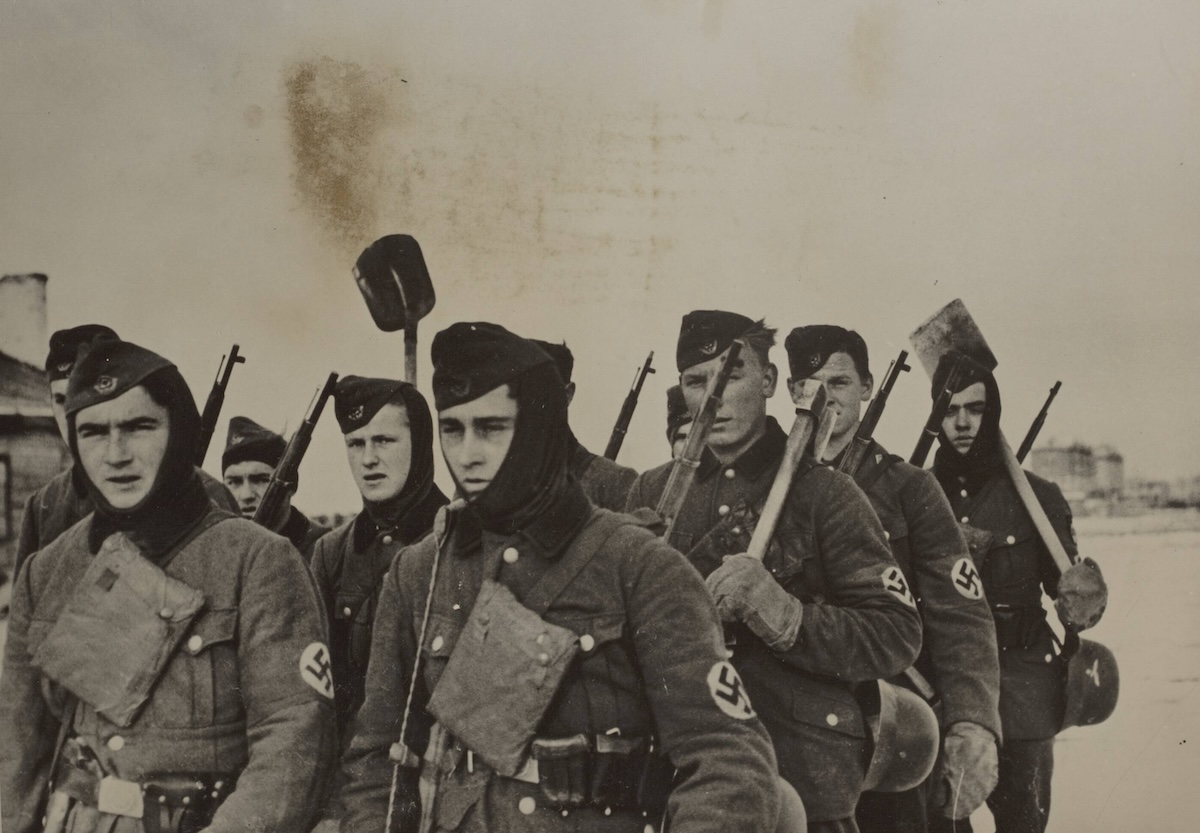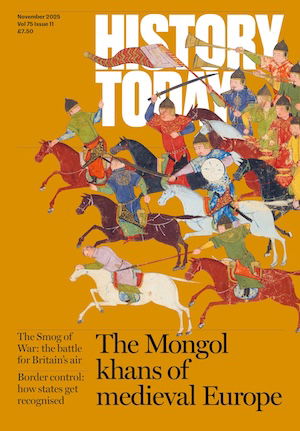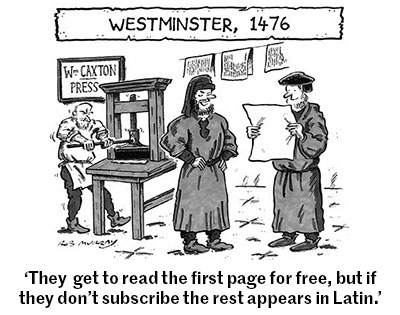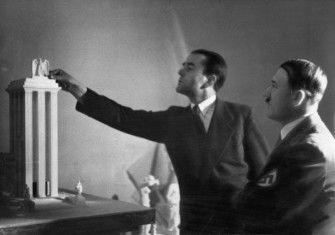The Trial of Organisation Todt
‘Hitler’s architect’ Albert Speer denied all responsibility for the ruthless exploitation of millions of slave labourers. Yet he was head of a bureaucratic machine that did just that.

Early on 8 February 1942 a plane crashed shortly after take-off near the ‘Wolf’s Lair’, Adolf Hitler’s headquarters at Rastenburg in East Prussia, killing the dictator’s armaments minister, the founder of Organisation Todt (OT). The death of Fritz Todt, whose pessimism about victory in the East against Stalin was well known, prompted speculation that he had been assassinated, perhaps by the SS, but no documentary evidence exists to support the theory. Although there was proof of arguments between Todt and Hitler over whether Germany could prevail after the launch of Operation Barbarossa in mid-1941, no detailed record was taken of discussions they held late into the night before the crash. Exactly why the converted Heinkel He 111 plunged to earth is likely to remain unexplained. At a critical juncture in the war, a key minister fiercely loyal to Hitler, who dared to cross his Führer and suggest a political rather than military end to the conflict, was gone.






